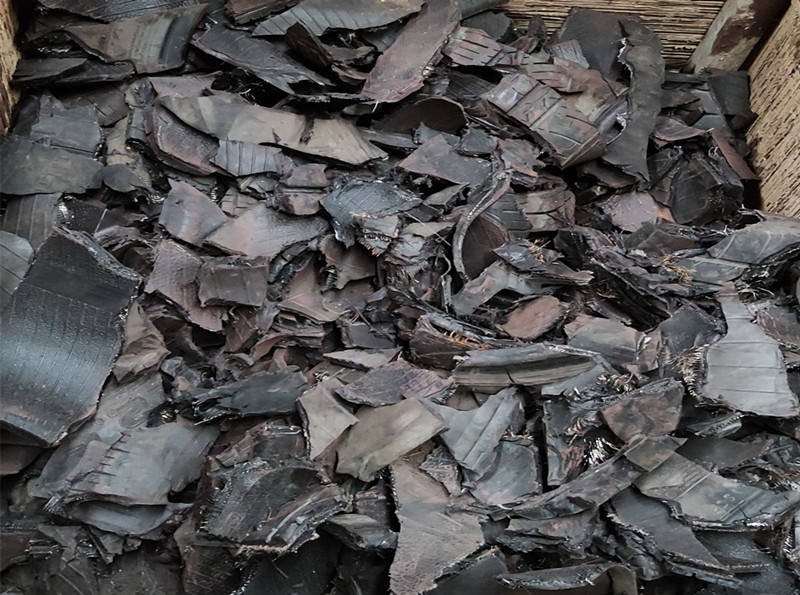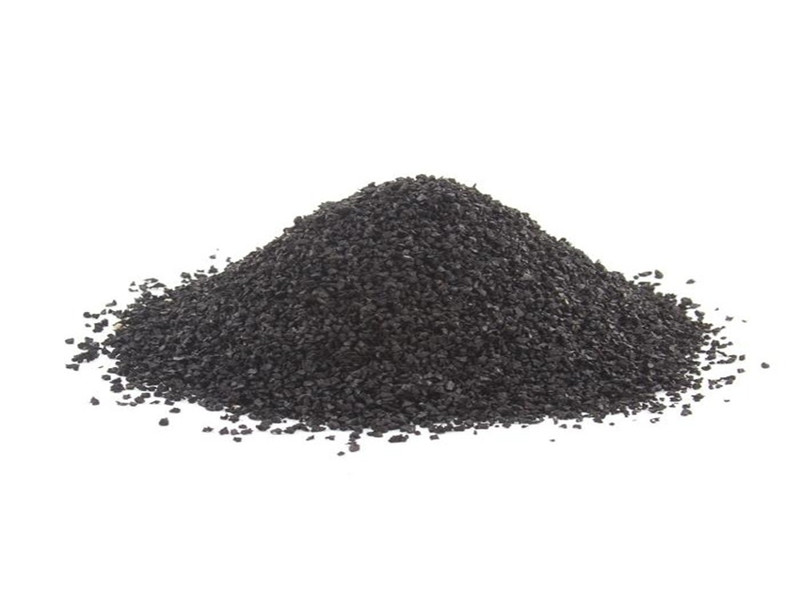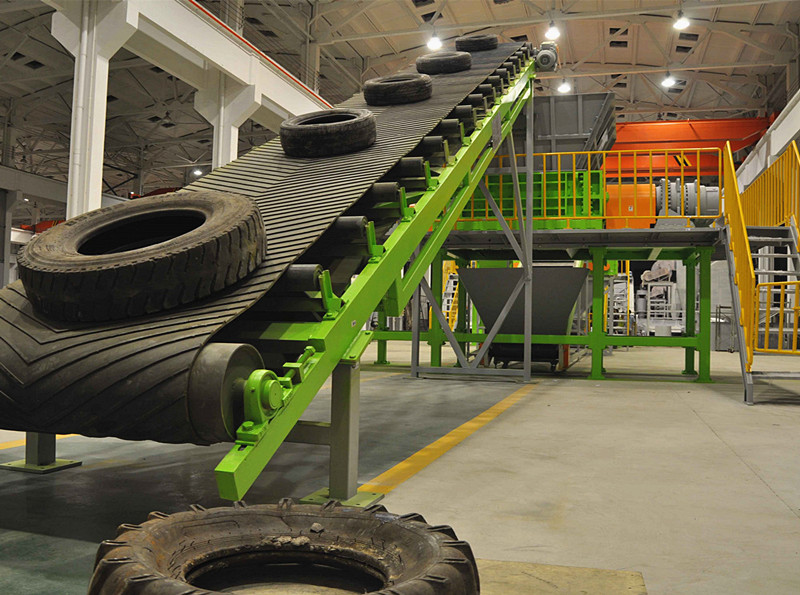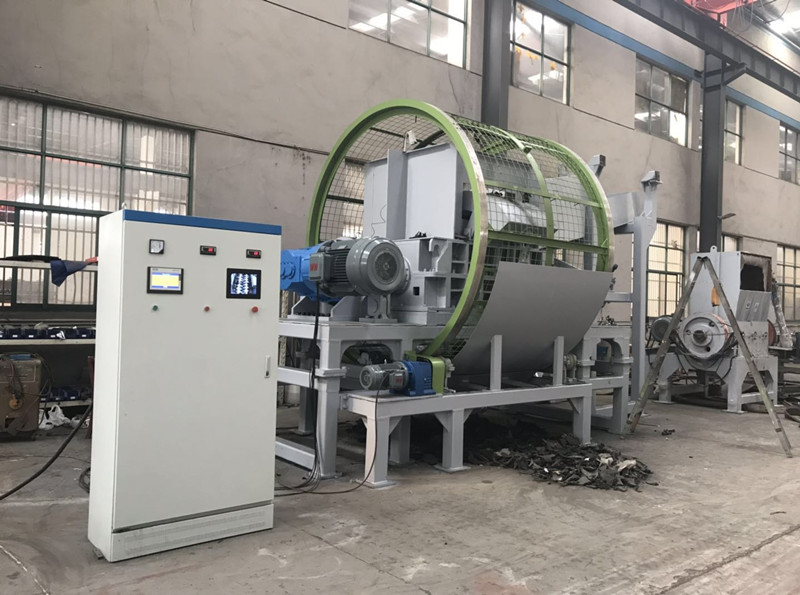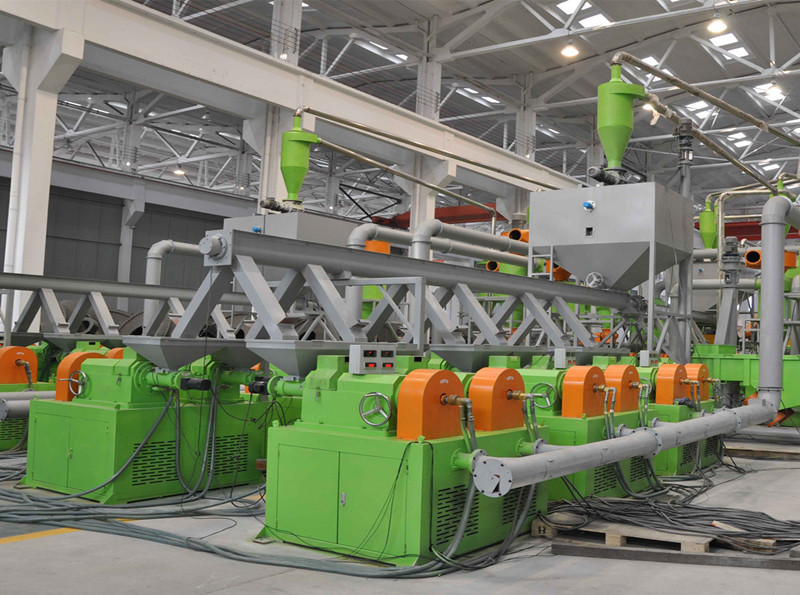Introduction to Large Tire Recycling Plant
The fully automated tire recycling plant is specially designed to recycle tires and other rubber products and crush them into powder. The tires can be steel wire tires or nylon tires with an outer diameter of less than 1200 mm. The size of the final crushed particles is 30 to 60 mesh (250 to 595 µm) or 60 to 80 mesh (177 to 250 µm) to meet the needs of different markets. The larger the powder, the higher the output.
Work Flow of Tire Recycling Plant
Below is a step-by-step description of the tire recycling process flow, as shown in the diagram:
Wire Debeader
Shredder
After the bead is removed, the tires enter a primary shredder.
This shredder reduces the tires into rough rubber chips, often called TDF (Tire-Derived Fuel) chips, typically in the size range of about 50-150 mm.
Rasper
The shredded chips then move to a rasper, which further reduces the size of the rubber pieces.
At this stage, the output is often referred to as rubber mulch, typically around 16-32 mm.
Additional steel wires may be separated from the rubber during this step.
Granulator
Next, the rubber mulch is fed into a granulator, which refines the material into smaller crumb rubber particles, generally in the range of 1-7 mm.
Any remaining steel or fiber contaminants are removed with the help of magnets and other separation technologies.
Miller
Finally, the crumb rubber can be further processed in a miller (also called a fine grinder or pulverizer) to produce very fine rubber powder, usually in the range of 20–80 mesh.
The powder can be used in various applications, such as rubberized asphalt, athletic surfaces, and molded products.
Overall, the system includes a series of conveyors and separation equipment (magnets, screens, etc.) that move the material from one stage to the next and remove steel or textile fibers. The main outputs from this tire recycling line are:
This process efficiently recycles end-of-life tires into usable rubber products, while also recovering steel and other materials.
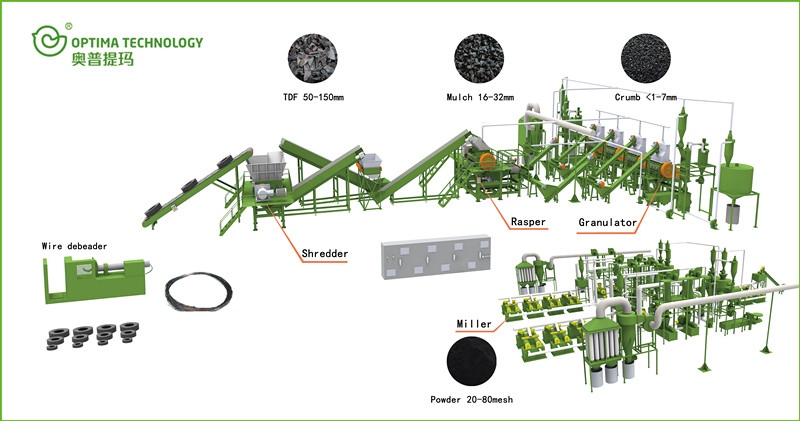
Features of Tire Recycling Plant
Space-Saving Design – Compact structure with a small footprint, making it easy to install and maintain.
Energy Efficient & Cost-Effective – Operates with low energy consumption, minimizing overall running costs.
User-Friendly & Reliable – Simple operation with stable and consistent performance.
High Processing Capacity – Designed for large-scale recycling with high efficiency.
Automation & Labor Reduction – Advanced automation reduces manual labor costs and improves productivity.
Durable & Low Maintenance – Built for longevity with a low failure rate, ensuring continuous operation.
Eco-Conscious & Clean – Environmentally friendly with no wastewater or harmful gas emissions.
The complete tire recycling plant from A to Z include tire debeader,tire shredder,rasper,granulator and miller,
the customer can get different output through the whole line,include chips,rubber blocks,steel wire,rubber granules,
rubber powder and fiber.






